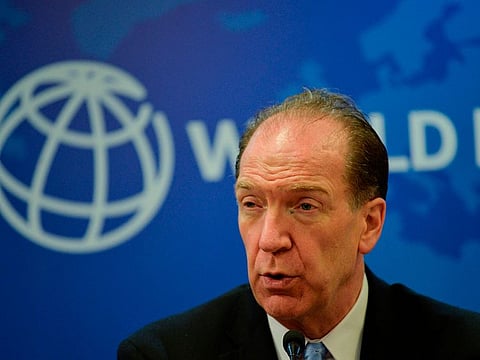World Bank cuts 2022 global growth forecast on COVID-19 flare-ups
By 2023, output may stay below pre-pandemic trend in emerging, developing economies

COVID-19 flare-ups, diminished policy support, and lingering supply-chain bottlenecks will see the global economic recovery cool more than previously estimated in 2022, after last year’s expansion clocked the fastest post-recession pace in eight decades, the World Bank said.
Global gross domestic product will probably increase 4.1 per cent this year, less than the 4.3 per cent forecast in June, the Washington-based development organisation said in its semi-annual Global Economic Prospects report Tuesday.
By 2023, annual output is expected to remain below the pre-pandemic trend in all regions with emerging-market and developing economies, while in advanced economies, the gap is estimated to close, it said.
“There is there a serious slowdown underway,” Ayhan Kose, the chief economist of the Prospects Group at the institution, said in an interview. The global economy “is basically on two different flight paths: Advanced economies are flying high; emerging-market, developing economies are somewhat flying low and lagging behind.”
The global outlook is clouded by what World Bank Group president David Malpass termed “exceptional uncertainty”.
Downside risks include renewed COVID-19 outbreaks, the possibility of de-anchored inflation expectations, and financial stress in a context of record-high debt levels, the bank said. In emerging markets with limited policy space to provide support, the risks heighten chances of a hard landing for their economies, it said.
In advanced economies, high vaccination rates and sizable fiscal support have helped cushion some of the adverse economic impacts of the pandemic. In contrast, the pace of recovery for emerging nations has been further damped by waning policy support and a tightening of financing conditions.
Sign up for the Daily Briefing
Get the latest news and updates straight to your inbox
_resources1_16a08544ee2_large.jpg?w=320&auto=format%2Ccompress&fit=max)

